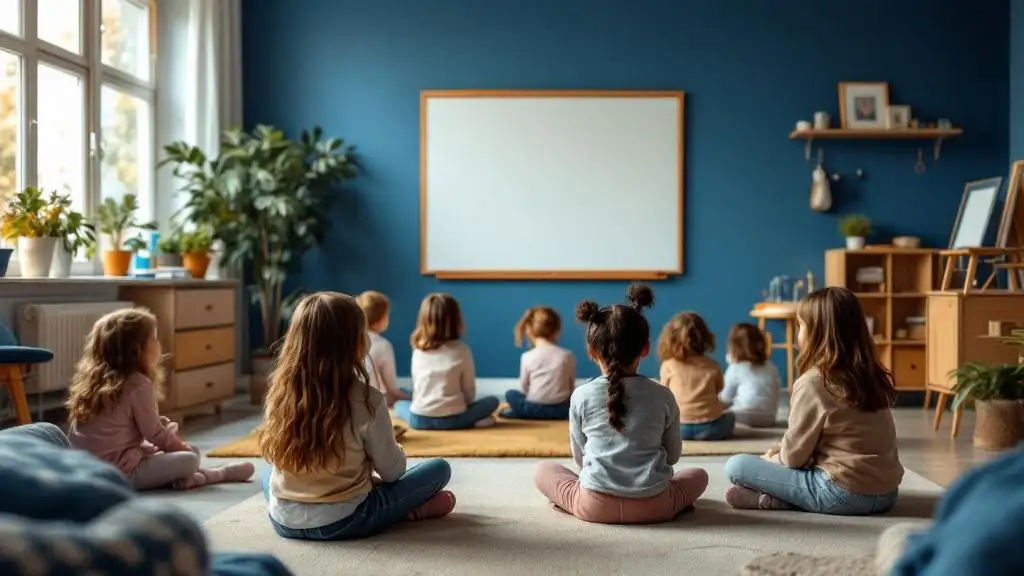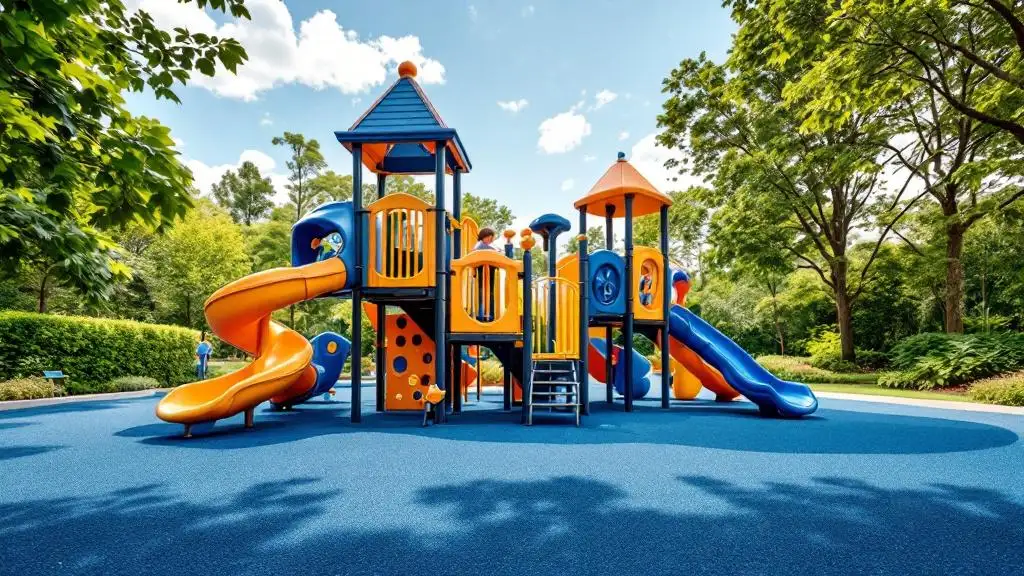
Understanding Developmental Coordination Disorder and the Role of Therapy
Developmental coordination disorder (DCD), often referred to as dyspraxia, is a neurodevelopmental condition affecting approximately 5% to 6% of school-aged children. Characterized by significant motor skill impairments, children with DCD face challenges in coordination, balance, and fine motor tasks, which can hinder their participation in school, recreational activities, and daily routines. While the exact causes of DCD remain unclear, early diagnosis and intervention are crucial. Physical therapy plays a vital role in supporting these children by improving motor functions, fostering independence, and promoting participation through diverse, evidence-based strategies.
Assessment Methods for DCD: Foundations for Effective Intervention
 Efficiently identifying developmental coordination disorder (DCD) in children requires a comprehensive evaluation process. Key assessment tools include standardized motor tests such as the Movement Assessment Battery for Children (MABC-2), Bruininks–Oseretsky Test of Motor Proficiency (BOT-2), and Peabody Developmental Motor Scales (PDMS). These tests measure core motor functions like balance, coordination, fine motor skills, and visuomotor integration, providing a detailed picture of the child's motor abilities.
Efficiently identifying developmental coordination disorder (DCD) in children requires a comprehensive evaluation process. Key assessment tools include standardized motor tests such as the Movement Assessment Battery for Children (MABC-2), Bruininks–Oseretsky Test of Motor Proficiency (BOT-2), and Peabody Developmental Motor Scales (PDMS). These tests measure core motor functions like balance, coordination, fine motor skills, and visuomotor integration, providing a detailed picture of the child's motor abilities.
In addition to standardized assessments, clinical examinations performed by trained professionals—such as pediatricians, neuropsychologists, or neurologists—are essential. These examinations observe motor performance, muscle strength, neurological status, and help rule out other possible conditions that might explain motor difficulties.
Parental and teacher questionnaires, like the DCD Questionnaire (DCDQ) and Little DCDQ, offer valuable insights into how the child's motor challenges impact daily activities and participation. These reports can highlight difficulties in school tasks, play, and other everyday functions, supporting the assessment's contextual relevance.
An accurate diagnosis also involves reviewing the child's developmental history and evaluating the impact of motor impairments on daily functioning. This step helps in understanding the onset, severity, and associated factors.
To gauge progress and tailor interventions, goal-oriented assessment tools are often employed. Instruments such as the Canadian Occupational Performance Measure (COPM), Perceived Efficacy and Goal Setting System (PEGS), and goal attainment scaling (GAS) focus on specific functional outcomes, enabling practitioners to measure meaningful change over time.
Overall, combining standardized motor tests, clinical examinations, questionnaires, developmental history, and goal-setting tools creates a thorough assessment framework. This comprehensive approach ensures accurate diagnosis and effective intervention planning for children with DCD.
Physical Therapy Approaches and Strategies for DCD
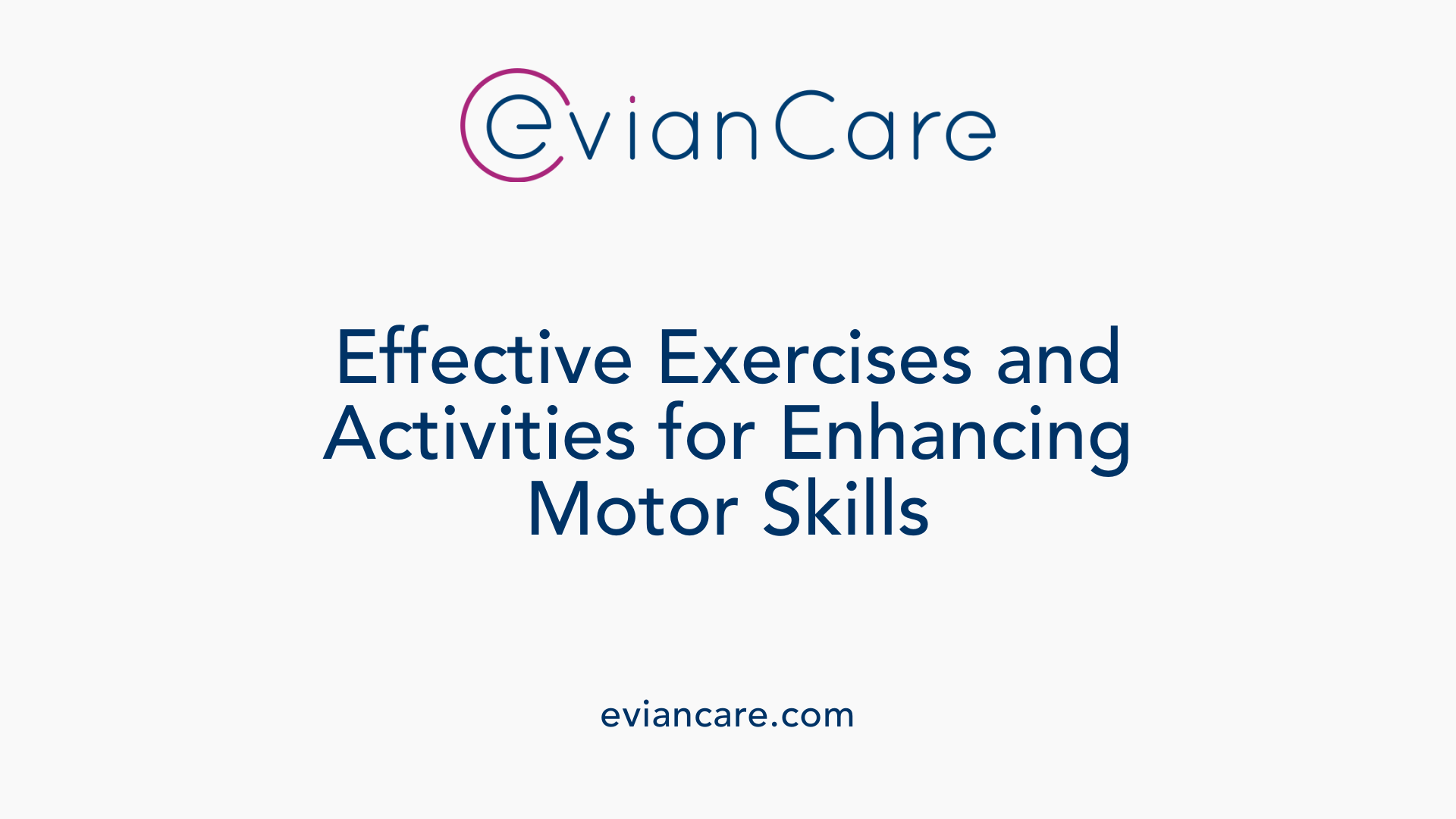
What are effective exercises and activities for children with DCD?
Children with Developmental Coordination Disorder benefit from a variety of targeted exercises and activities designed to enhance their motor skills, balance, strength, and coordination. Engaging in lifestyle sports such as swimming, skating, cycling, and skiing can be particularly beneficial. These activities involve repetitive movement patterns that are often easier to learn and can help develop fundamental motor skills.
For younger children, activities like dance, martial arts, gymnastics, T-ball, and team sports such as soccer or basketball are effective. It is generally recommended to focus on individual sports or activities that require less maneuvering around others, which can reduce frustration and improve confidence.
In addition to sports, physiotherapy methods such as the Lee Method employ specific exercises aimed at strengthening proximate muscles, improving coordination, and supporting motor planning. The use of specialized tools, including Swiss balls, manipulation objects, puzzles, and drawing activities, can further enhance balance, proprioception, hand-eye coordination, and muscle strength.
Safety is paramount; the use of helmets and padding during physical activities helps prevent injuries. Tailoring activities to each child's interests and abilities is essential to foster participation, motivation, and the development of confidence in their motor skills.
Overall, a combination of engaging, safe, and interest-based activities, along with targeted physiotherapy exercises, offers a comprehensive approach to helping children with DCD improve their motor function and participate more fully in everyday activities.
Evidence-Based Practices and the Impact of Physical Activity
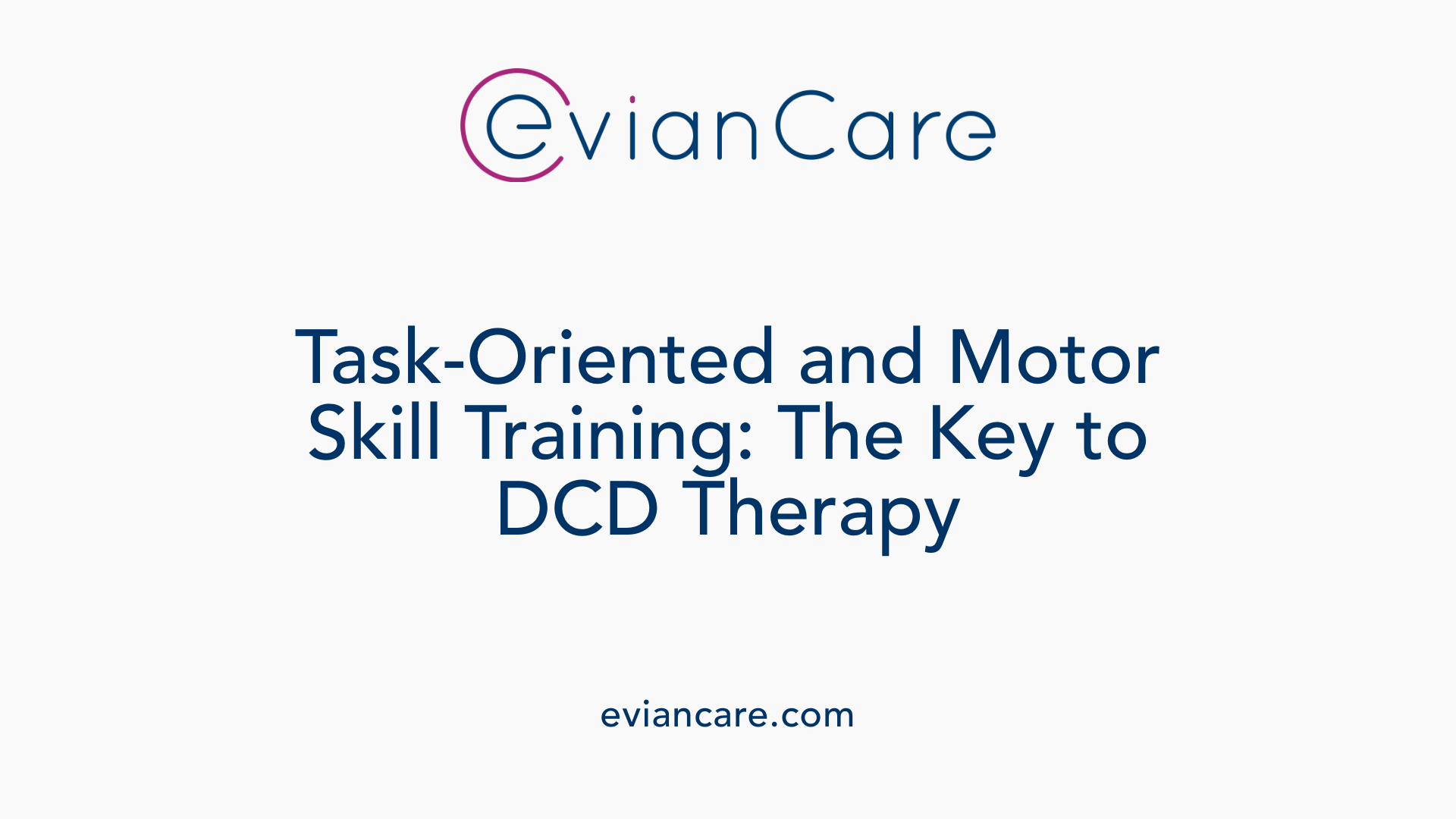
What evidence-based practices support physical therapy for children with DCD?
Research shows that task-oriented and motor skill training are the main evidence-based strategies used in physical therapy for children with developmental coordination disorder (DCD). These approaches focus on improving coordination, strength, balance, and functional motor skills. Multiple studies, including randomized controlled trials, have demonstrated that interventions such as neuromotor task training (NTT) and Cognitive-Orientation to Occupational Performance (CO-OP) lead to meaningful improvements in motor performance and everyday activities.
The guidelines recommend comprehensive assessments to design tailored treatment plans. These assessments evaluate muscle strength, coordination, body awareness, and specific skills like riding a bike or catching a ball. Protocols often include home programs, parent education, and activity modifications to support skill development. Although some therapies such as aquatic therapy and Tai Kwon Do are explored, current evidence does not firmly establish their effectiveness.
Overall, these practices aim to stimulate neuroplasticity—the brain's ability to reorganize itself—to help children gain independence and confidence in daily and school-related tasks. By focusing on meaningful activity and participation, physical therapy creates lasting functional benefits for children with DCD.
Why is thorough assessment important?
Assessing children with DCD involves standardized tests like the Movement Assessment Battery for Children (MABC-2) and observational evaluations. These tools help clinicians understand the severity and specific motor deficits, enabling targeted interventions that address individual needs. Proper evaluation ensures therapy is appropriate, effective, and aligned with the child's developmental level.
How do interventions promote brain adaptability?
Engaging children in task-oriented exercises encourages neuroplasticity, facilitating the learning of new motor patterns. Techniques like NTT and CO-OP emphasize problem-solving, goal setting, and repetitive practice, which reinforce neural pathways necessary for skill mastery. These methods support not just motor improvements but also emotional resilience and confidence.
Examples of therapy methods
- Neuromotor Task Training (NTT): Focuses on task-specific skills, using repetitive practice and feedback to improve coordination.
- CO-OP Approach: Teaches children to plan, execute, and evaluate their movements through a cognitive problem-solving process.
- Motor Skill Training: Activities designed to improve fundamental movement patterns such as balance, jumping, and catching.
Role of physical activity in development
Active participation in physical activities enhances not only motor skills but also social and emotional health. Exercise promotes physical fitness, which is vital for lifelong health, while also building confidence and reducing anxiety related to movement difficulties. Engaging children in adapted sports, games, and active play encourages ongoing participation and supports overall growth, reinforcing the importance of physical activity beyond therapy sessions.
Supporting Children with DCD through Physical Activity and Therapeutic Interventions
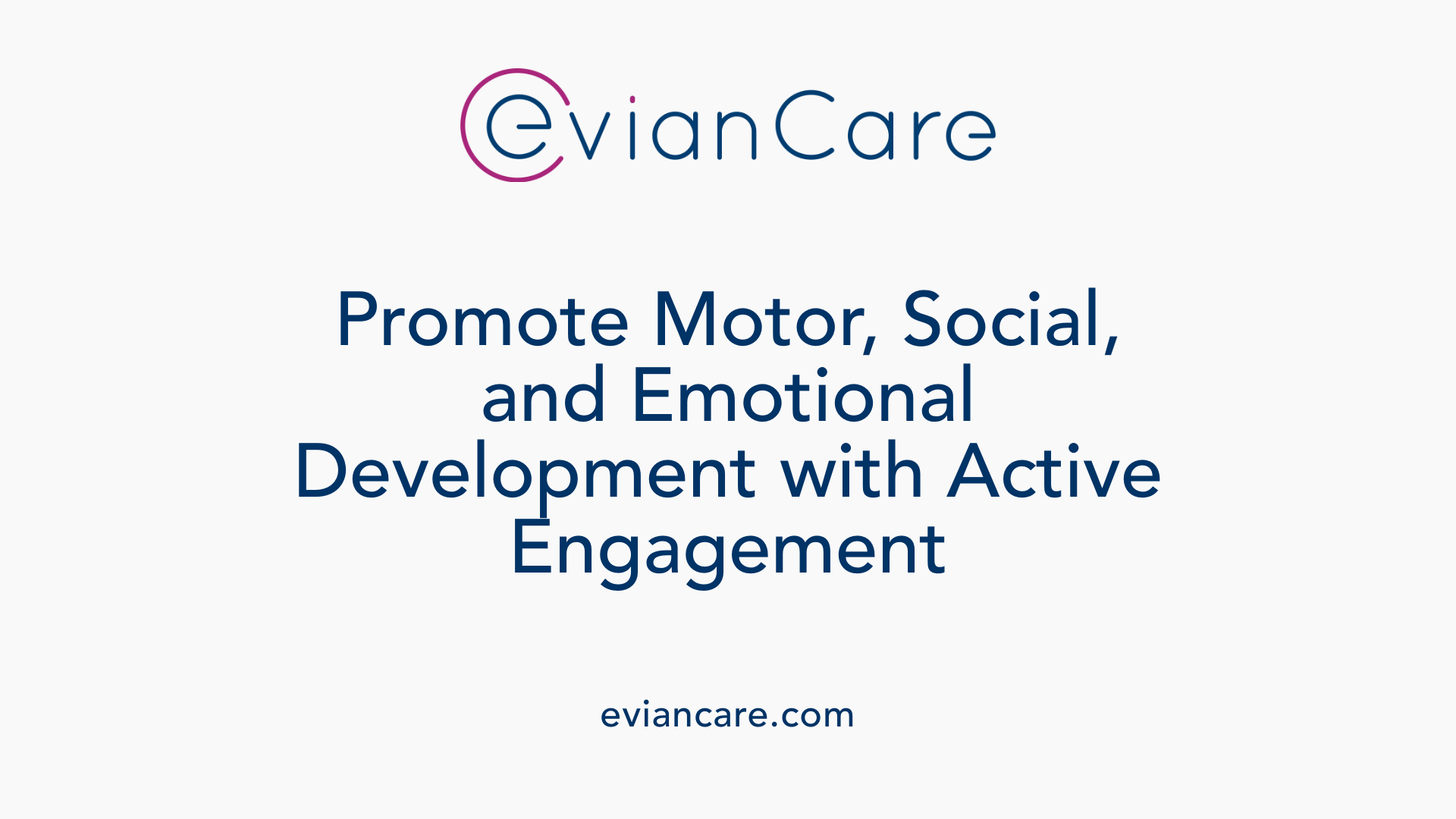
How does physical activity help children with DCD?
Physical activity plays a crucial role in managing Developmental Coordination Disorder (DCD). It helps improve motor skills, coordination, and balance by engaging children in targeted exercises and activities. Interventions such as motor skill training, sensory-motor programs, and sport-based activities are designed to address the specific challenges faced by children with DCD.
Activities like swimming, dancing, trampolining, and martial arts are especially beneficial. These activities not only enhance motor performance but also promote social interaction and boost confidence. For children struggling with coordination, participating in such enjoyable and structured activities can reduce frustration and emotional difficulties.
Regular involvement in physical activity also improves components of physical fitness including muscular strength, endurance, and flexibility. This is important because children with DCD often have low muscle tone and may tire easily. Addressing these issues through engaging activities can lead to better overall health.
What types of effective activities are suited for children with DCD?
Effective activities for children with DCD include those that focus on fundamental movement skills and body awareness. Swimming is a low-impact activity that helps develop cardiovascular fitness and coordination. Dance and martial arts improve rhythm, balance, and body control.
Other activities like trampolining and active virtual gaming can also be used to promote movement, coordination, and fun. These activities can be adapted to each child's skill level, ensuring they are challenging yet achievable.
School-based programs, inclusive sports, and movement-focused classes further support motor learning. These structured programs foster participation, skill development, and social integration.
How does physical activity benefit motor, social, and emotional health?
Engagement in physical activity improves not just motor skills but also social and emotional health. As children develop confidence in their movement abilities, they experience greater self-esteem and reduce anxiety related to physical tasks.
Participation in team sports or group activities encourages social interaction, cooperation, and communication. This helps children build friendships and develop social skills.
Emotionally, active children often exhibit lower levels of frustration and better resilience. Regular physical activity has been linked to improved mood and reduced symptoms of depression and anxiety.
What is the role of structured programs and school-based interventions?
Structured physical activity programs and school-based interventions are vital for providing consistent, developmentally appropriate opportunities for children with DCD. These programs often include activities tailored to improve core stability, motor planning, and coordination.
School-based programs integrated into the curriculum or extracurricular activities help embed movement into daily routines. They are delivered by trained professionals who use evidence-based methods, such as task-oriented training, to enhance motor learning.
Collaboration among physical therapists, teachers, and parents ensures that children receive the right level of challenge and support. Monitoring progress and adjusting activities help maximize benefits.
What are the long-term advantages of early active engagement?
Early and sustained participation in physical activity can lead to lasting health and developmental benefits. Children who engage in regular movement opportunities tend to develop better motor proficiency, which supports participation in sports, recreation, and daily activities.
Early active engagement also promotes the development of healthy habits that continue into adolescence and adulthood, reducing risks of obesity, cardiovascular issues, and musculoskeletal problems.
Moreover, fostering confidence and social skills early on helps children with DCD integrate more fully into peer groups and educational settings, enhancing their overall quality of life.
Moving Forward: Supporting Children with DCD Through Evidence-Based Therapy
Early diagnosis and tailored physical therapy interventions significantly improve the motor skills and participation of children with DCD. Evidence-based practices such as task-oriented training, motor skill exercises, and physical activity promotion foster neuroplasticity and functional independence. Multidisciplinary collaboration, including parent and teacher involvement, enhances therapeutic outcomes and helps children develop confidence and skills necessary for daily life and social participation. Continued research and adherence to clinical guidelines ensure that therapies remain effective, supporting children with DCD in leading active, fulfilling lives.
References
- Physical Therapy Guide to Developmental Coordination Disorder
- Physical Therapy Management of Children With Developmental ...
- Developmental Coordination Disorder Clinical Practice Guideline ...
- APTA Academy of Pediatric Physical Therapy
- Developmental Coordination Disorder and Physical Activity
- Understanding Developmental Coordination Disorder and the ...
- Pediatric care for children with developmental coordination disorder ...
- Treatment for kids with developmental coordination disorder
- Developmental Coordination Disorder - Cincinnati Children's Hospital




